
It’s pretty common knowledge that people on the home front during the war were fed almost constant reminders of what was at stake, told that the war was happening, that they needed to buy and keep war bonds, and so on. While it was understandable and in many cases necessary, it did get a bit old. As the war went on Americans were working harder than they probably thought possible, worrying about the news as well as their loved ones overseas, and maybe even losing loved ones or watching loved ones deal with life-altering injuries.
While the American committment to the war seemed consistently strong, there does come a point when escape needs to happen, and for many Americans this happened at the movies. When the movies were about the war, though, well, it didn’t take long for Americans to hit their saturation point.

Exhibitioners noticed this as early as the latter half of 1942. An article in the December 5, 1942 issue of the Motion Picture Herald entitled “Showmen Report Public Is Tired of War Drama” featured several testimonials from theater owners around the United States, Canada and the United Kingdom who talked about business dropping. By 1943 this was also true of Central America. A.H. Hancock of Columbia City, Indiana said, “The public is staging a sit-down strike on the pictures that deal with war, and that resistance grows with each picture.”
J.H. Taylor of Zap, North Dakota agreed. “War pictures gross about one-fourth to almost one-half of regular shows.”

The prevailing opinion among theater owners and studios was that the public wanted more genuinely escapist fare, such as comedies and romances, but especially comedies, although there was concern that moviegoers would lose touch with the reality of war.
This trend didn’t let up as the war went on. Harrison’s Reports also predicted a drop in attendance in 1944, especially as the invasion of Europe took center stage. However, they advised theater owners to interrupt showings if any big news came in, calling it the humanitarian thing to do: “First, the picture will take their minds off the war, and second…the anxiety will be less if they are in a theatre than if they stayed home listening in. Avoid as much as possible showing depressing pictures…”
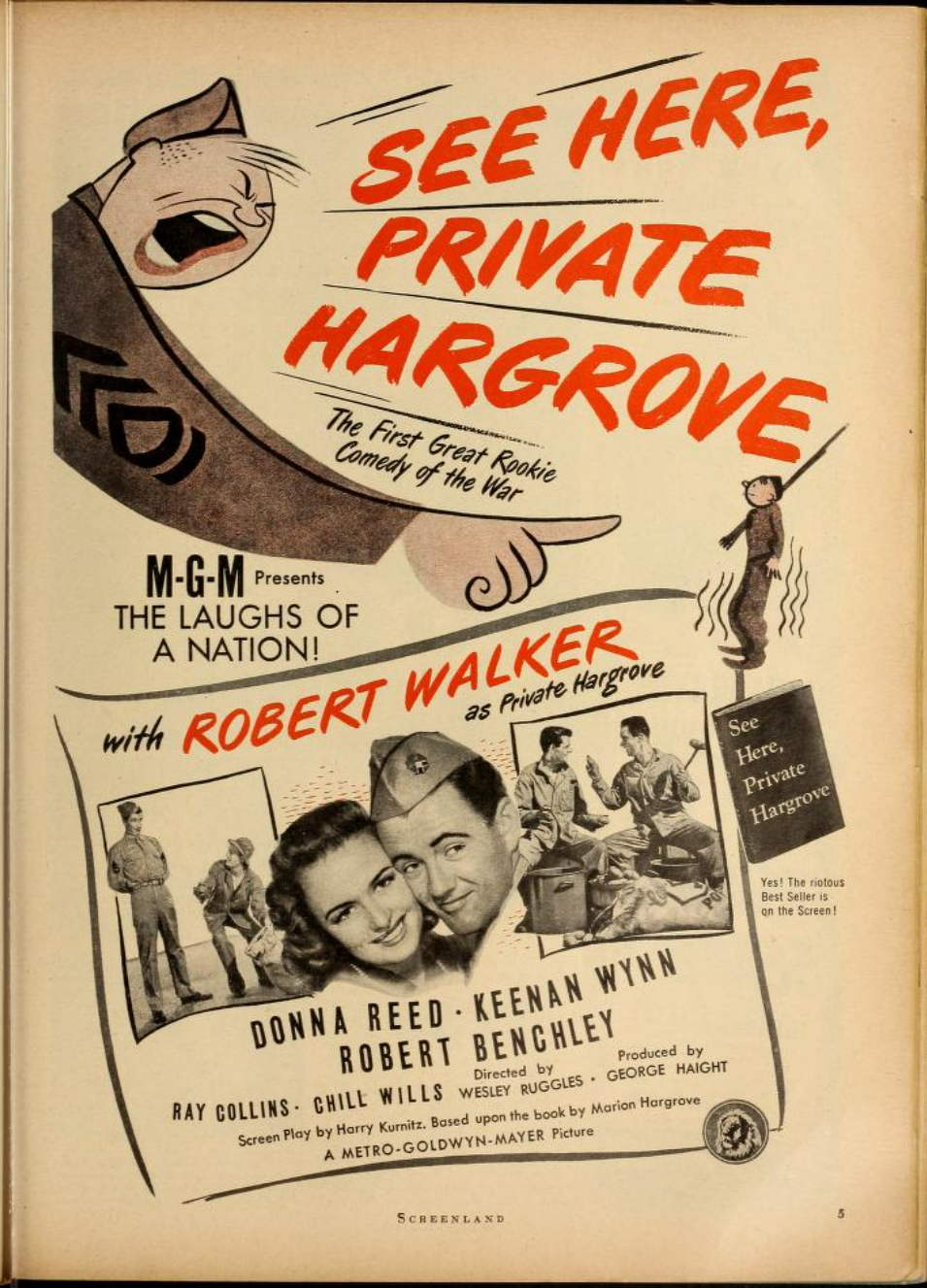
Exhibitioners also worried that war was glamorized too much in films and there needed to be more plain talk. This was very likely correct, as there is no way war could be portrayed realistically in film, and for that matter it still largely isn’t in today’s films, hence the big sensation around the first half hour of Saving Private Ryan.
There were members of the public, of course, who thought war films were necessary. In the the May, 1944 issue of Screenland, one fan said this:
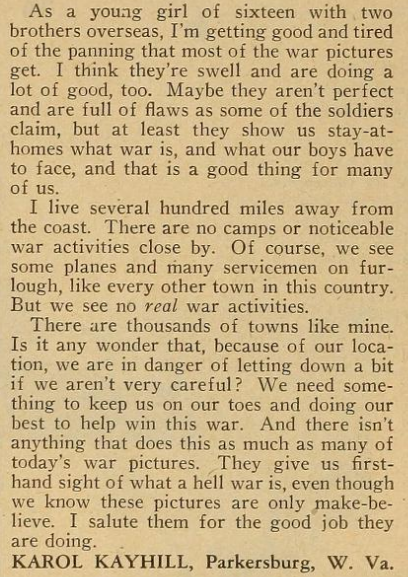
Some in the media agreed with Karol, admitting that war pictures were great for selling bonds. In at least one case, though, the war or no-war question got a little heated. John T. McManus, a writer for the long-erstwhile tabloid, PM Magazine, said in a piece entitled, “Booby Trap Question,” that
The highly-influential MOTION PICTURE HERALD…has been busy for months planting the belief that the public is tired of war films…The plain box-office truth of the situation, as reported statistically if not editorially, in the same MOTION PICTURE HERALD every week is that war films are busting box office records…and if the public is tired of them they’re sure showing it in a very odd way.”
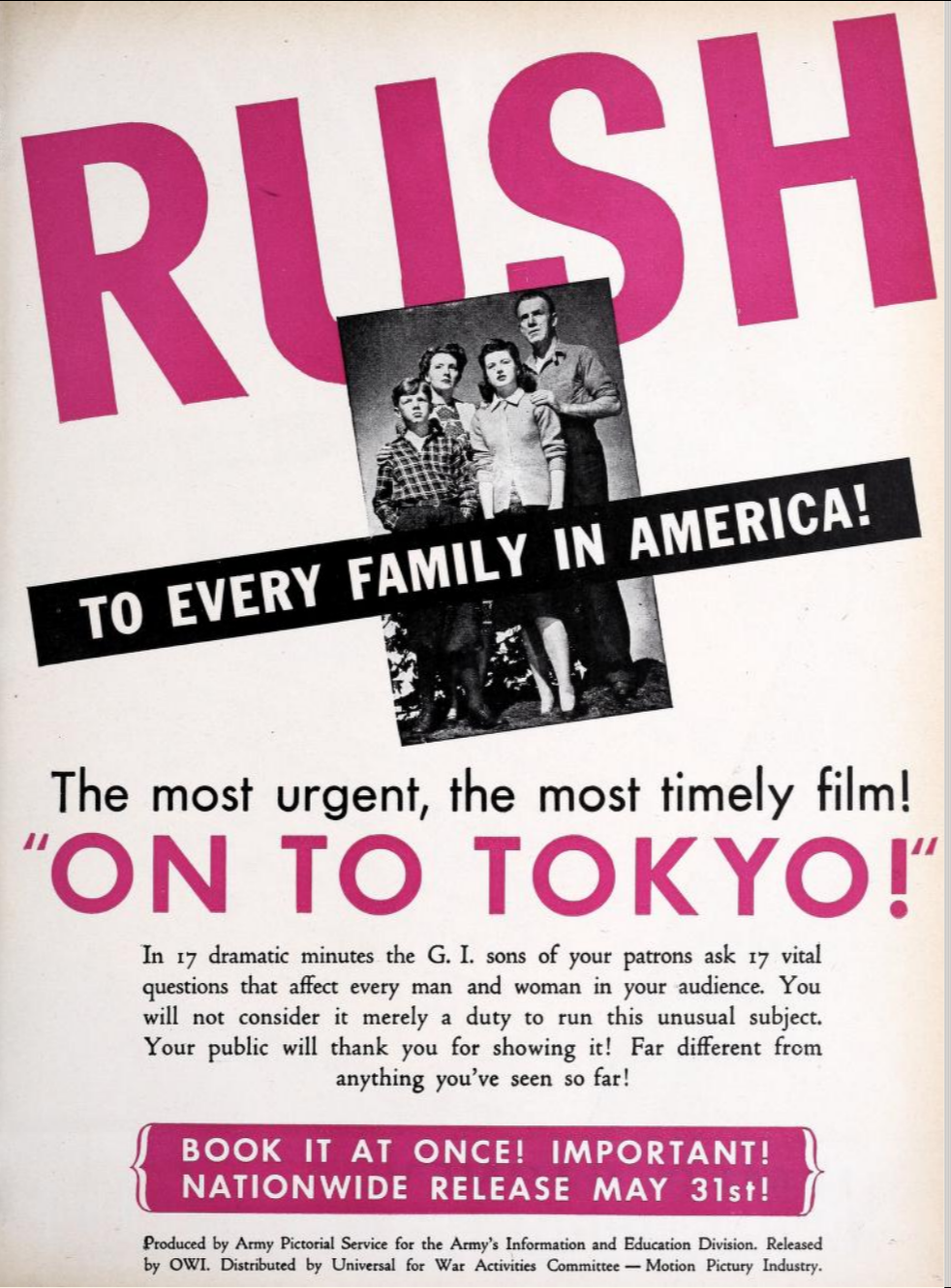
Motion Picture Daily editor and columnist Maurice “Red” Kann called McManus’s assessment “utter poppycock,” detailing in what was a two-column epic burn the reasons McManus didn’t know what he was talking about.
The obvious and irrefutable conclusion is that, when the preponderant expression emerging from a canvass of opinion among exhibitors reveals sharp criticism of the persistence with which pictures dealing with the war lingers, it must be so…Outsiders peering in often find themselves among the inconclusive treetops because they do not always know all there is to know about their topics, or because their findings become convenient to leap at.
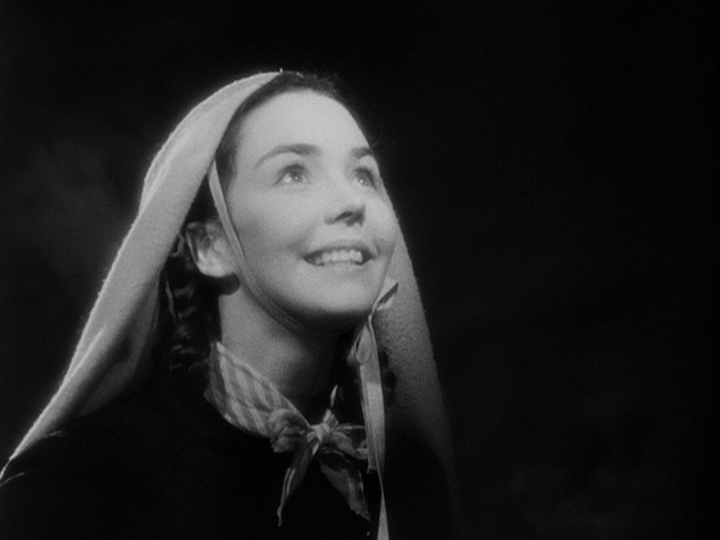
The majority of the public didn’t quite concur with Mr. McManus, as the top movies of 1943, 1944 and 1945 mostly featured subject matter that had nothing to do with the current situation. Whereas one of 1942‘s highest-grossing movies was Casablanca, a film that put the public smack-dab in the middle of the conflict, The Song of Bernadette, Double Indemnity, and The Lost Weekend almost avoided it.
That’s not to say war films didn’t do well. One of the exceptions was 1943’s This Is the Army, which brought in a hefty twenty-four million for Army relief and was the top-grossing movie of 1943. Another was Since You Went Away, which tied with Laura for fourth place among 1944 box office rankings.
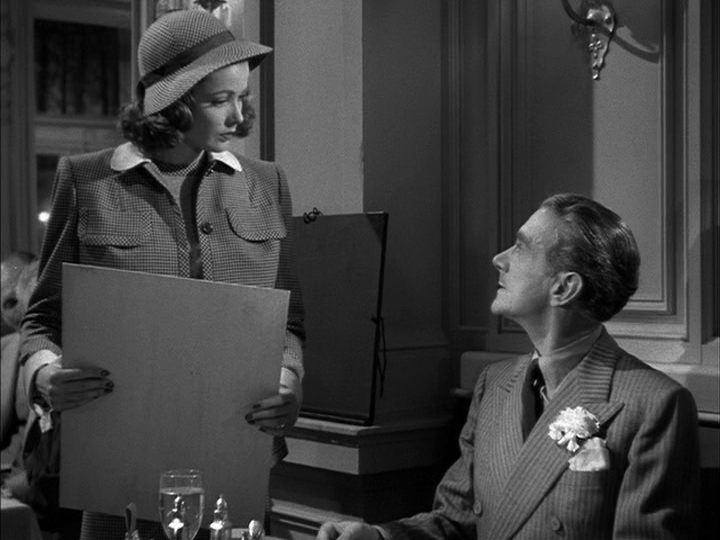
Why did the public sour on war-related films? First of all, there were too many of them, and secondly, war themes were already everywhere. Some theater owners reported theatergoers walking out of war movies. Newell B. Kurzon of the Graphic Theatres Circuit in Boston, Massachussetts, said, “We are having an avalanche of war pictures. The booking problem offers no relief from war stories. The public is desirous of escaping war themes and want entertainment of a lighter nature.”
While Hollywood was definitely listening and nervously watching their bottom lines, it took them a while to catch up with what the public wanted. 1942 featured one-hundred sixty movies that directly dealt with the war. 1943 had the most war pictures at one-hundred eighty-seven. During the last two years of the war, the numbers began to drop sharply, with one-hundred fifty-nine war movies in 1944 and a relatively teeny one-hundred one in 1945.
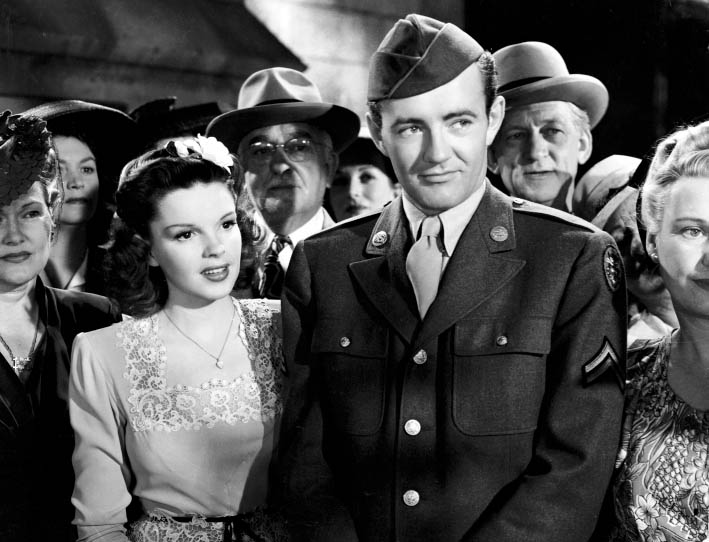
There were other factors than bottom lines working in the public’s favor. The Office Of War Information, which directly worked with Hollywood and stubbornly pushed for the war to be a constant refrain, had lost influence by the end of the war. While war themes were still present, the push was much less dogged, and the majority of films centered around Americana, musicals, historical dramas, comedies, and most anything else but the war.
More than anything, Americans wanted the war to end. We were fighting the good fight and the tide was turning in the Allies’ favor, but we were exhausted, and culture began to respond to that.
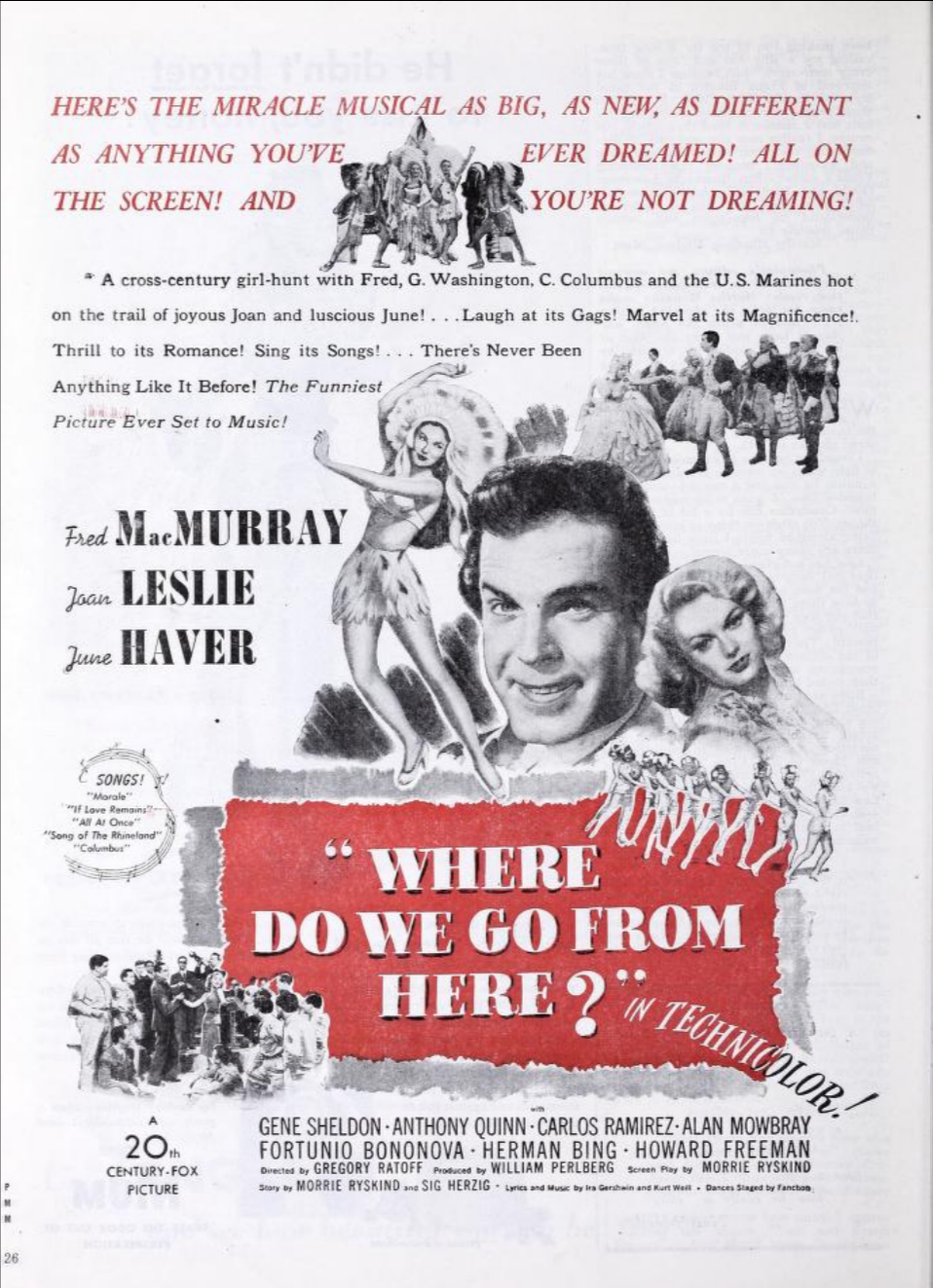
We also knew that we would never be the same. A popular song late in the war was “The House I Live In,” which both expressed gratefulness for the American way of life and the new friendships we had with other nations.
The song was also used in a radio play of the same title courtesy of Arch Oboler, which featured a father waiting for his son and daughter to come home from the war and finding he wasn’t as lonely as he thought. The first iteration was on an episode of the Everything For the Boys series, starring Dinah Shore and Ronald Colman and broadcasting on May 30, 1944.
Colman played the father, who sounded downright chipper despite his loneliness.
Following some slight changes, “The House I Live In” was rebroadcast on the April 26, 1945 episode of the Arch Oboler’s Plays series and starred Raymond Massey. Note the heavier tone than the previous version and the weariness in Raymond Massey’s voice:
Arch Oboler also delved into the strange surrealness that would no doubt mark the day of victory in “Strange Morning,” which originally broadcast on April 5, 1945, almost a month to the day before the real V-E Day on May eighth. The play stars Ingrid Bergman as a nurse who finds herself tasked with telling soldiers afflicted with PTSD and other mental issues that the war in Europe is over.
Obviously, though, Oboler could only speculate about a day that seemed to be far into the future. How would Americans feel when victory did come? That was yet to be seen.
Another post is coming out tomorrow. Thanks for reading, all, and I hope to see you then…
Casablanca (DVD and Blu-ray), Sunday Dinner For A Soldier (DVD), See Here, Private Hargrove (DVD), This Is the Army (DVD), The Song of Bernadette (DVD and Blu-ray), Since You Went Away (DVD and Blu-ray), Double Indemnity (DVD and Blu-ray), The Clock (DVD and Blu-ray) and Where Do We Go From Here? (DVD) are available from Amazon.
~Purchases made via Amazon Affiliate links found on this site help support Taking Up Room at no extra cost to you.~
If you’re enjoying what you see on Taking Up Room, please subscribe to my Substack page, where you’ll find both free and paid subscriber-only reviews of mostly new and newish movies, documentaries, and shows. I publish every Wednesday and Saturday.

hope you can join….
LikeLiked by 1 person
Ooh, nice! That’s something different.
LikeLiked by 1 person
Get in there quick titles are going fast…
LikeLiked by 1 person
OK, I think I’ve got one–the “V-Day” episode of 7th Heaven. It’s the one episode of the show I really like.
LikeLiked by 1 person
I’ve never seen this series – I don’t think it aired in Scotland. Looking forward to your review!
LikeLiked by 1 person
Thanks, yeah, I think it’ll be fun. 🙂
LikeLiked by 1 person